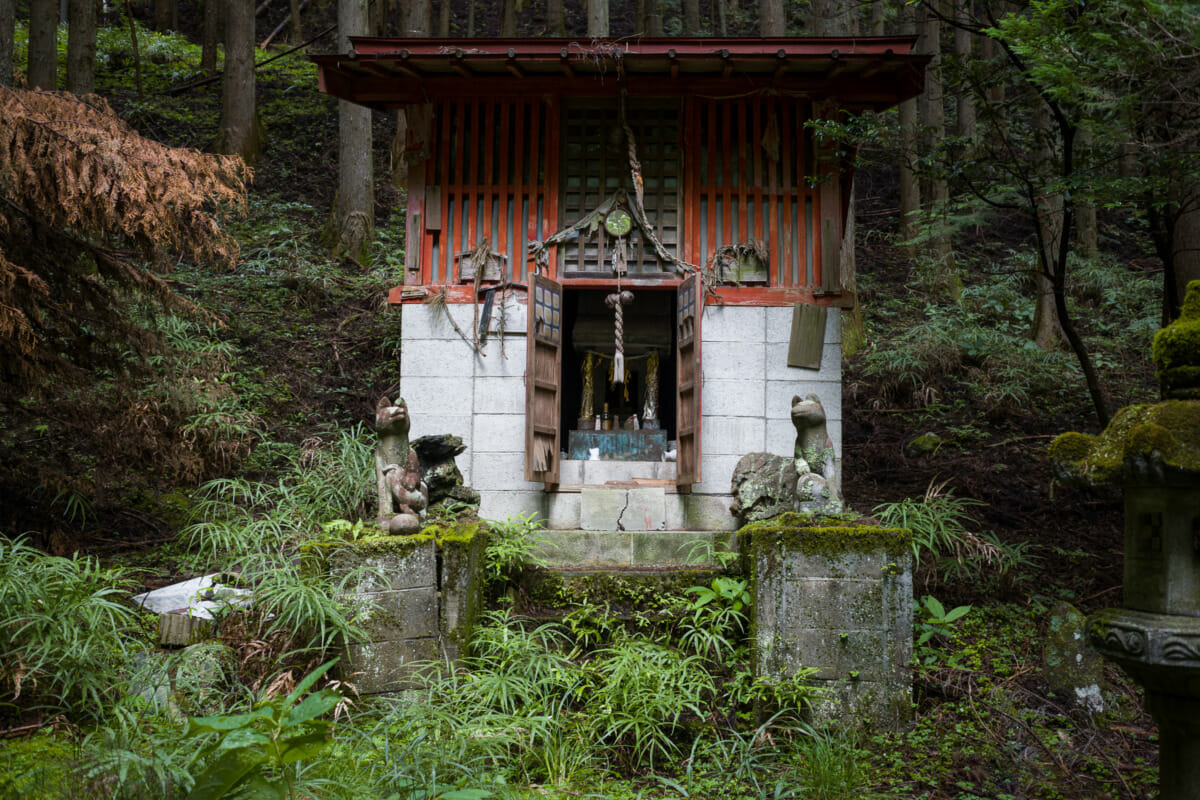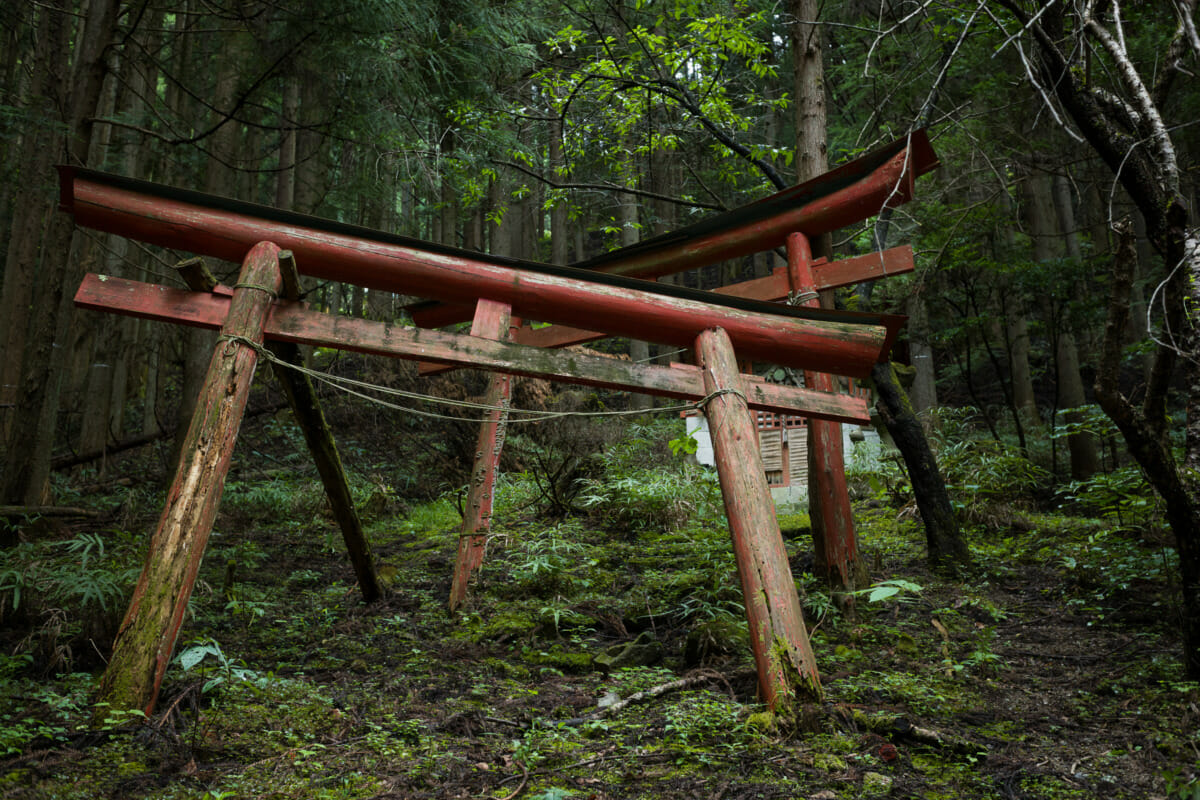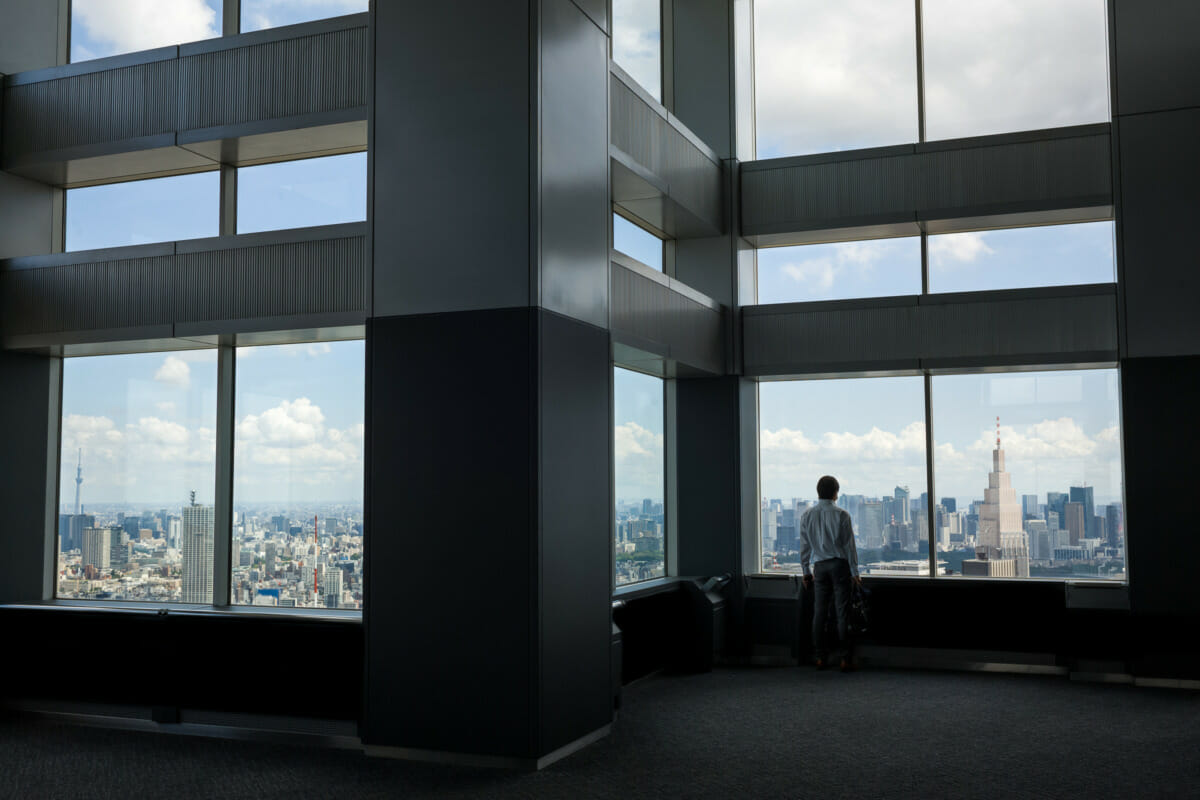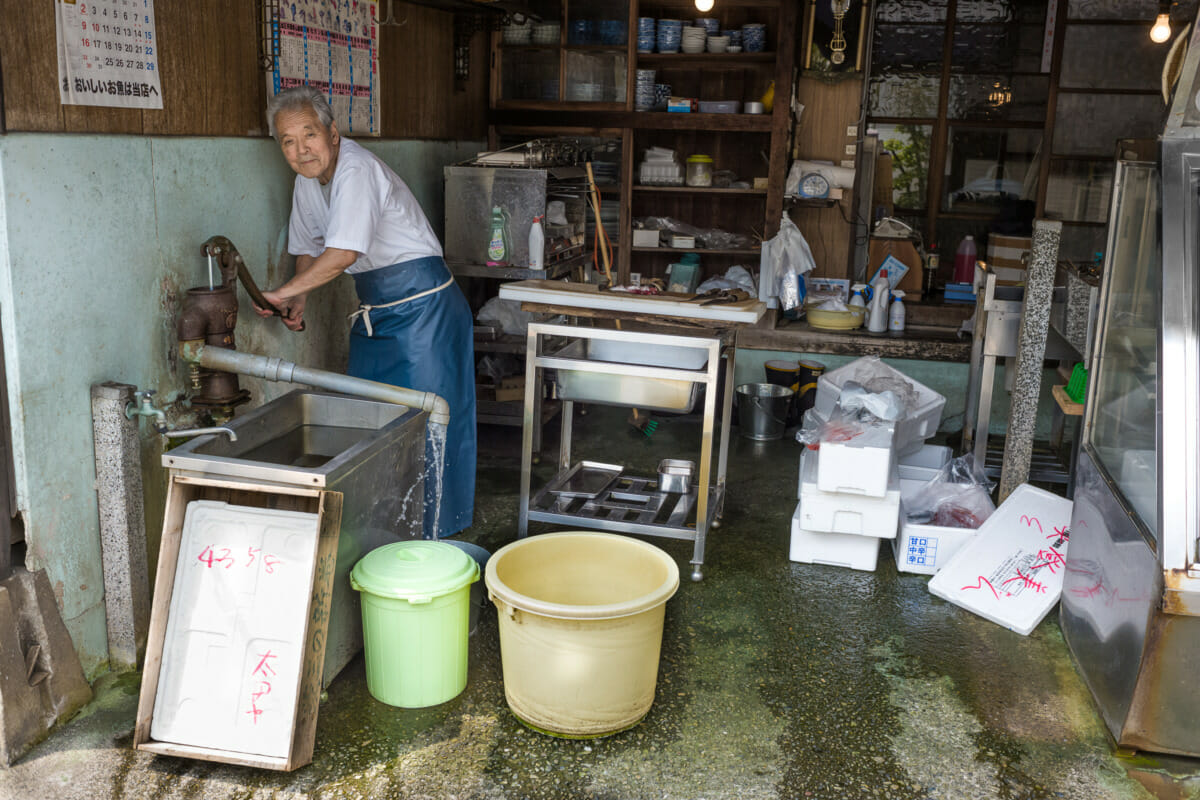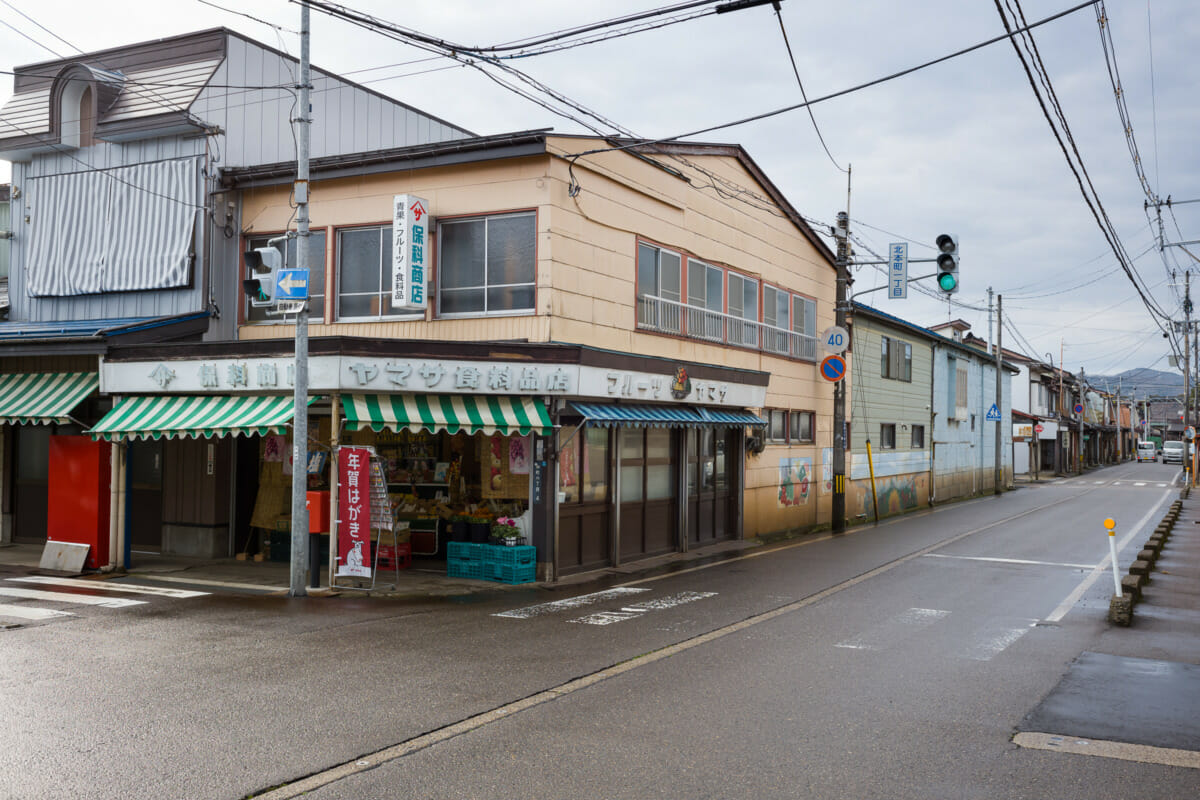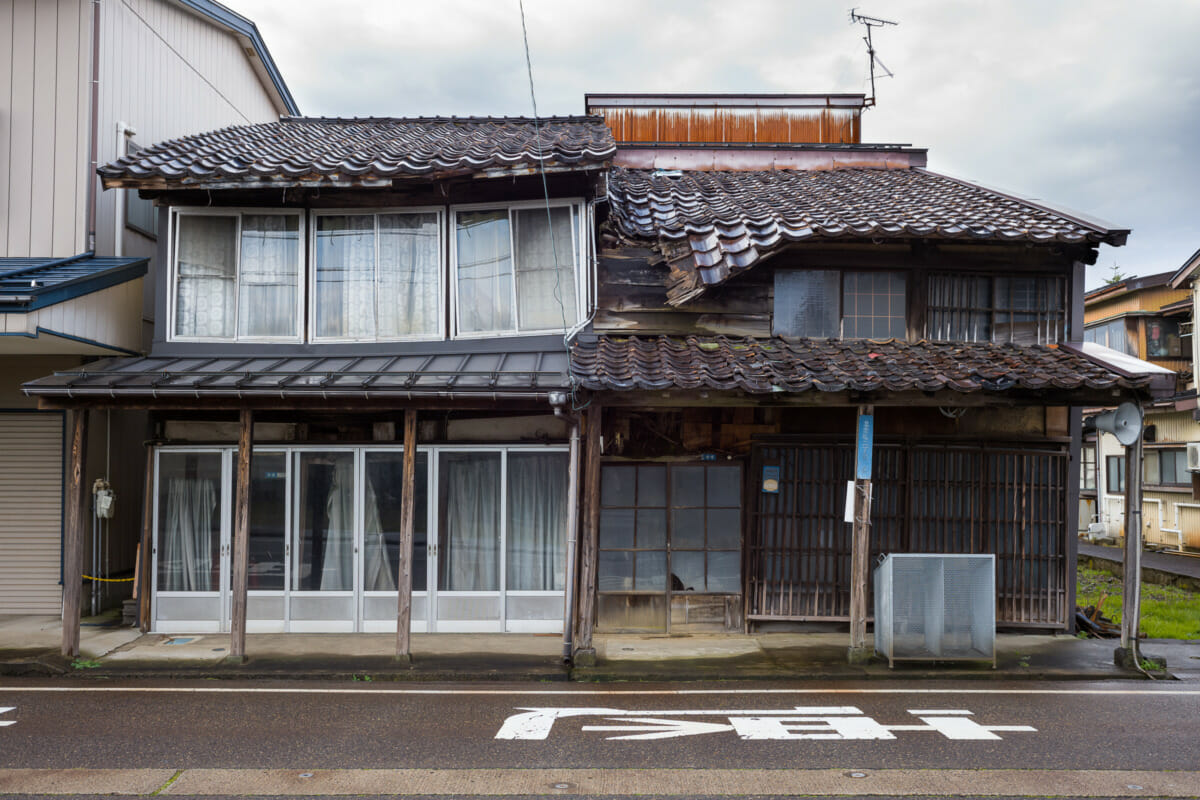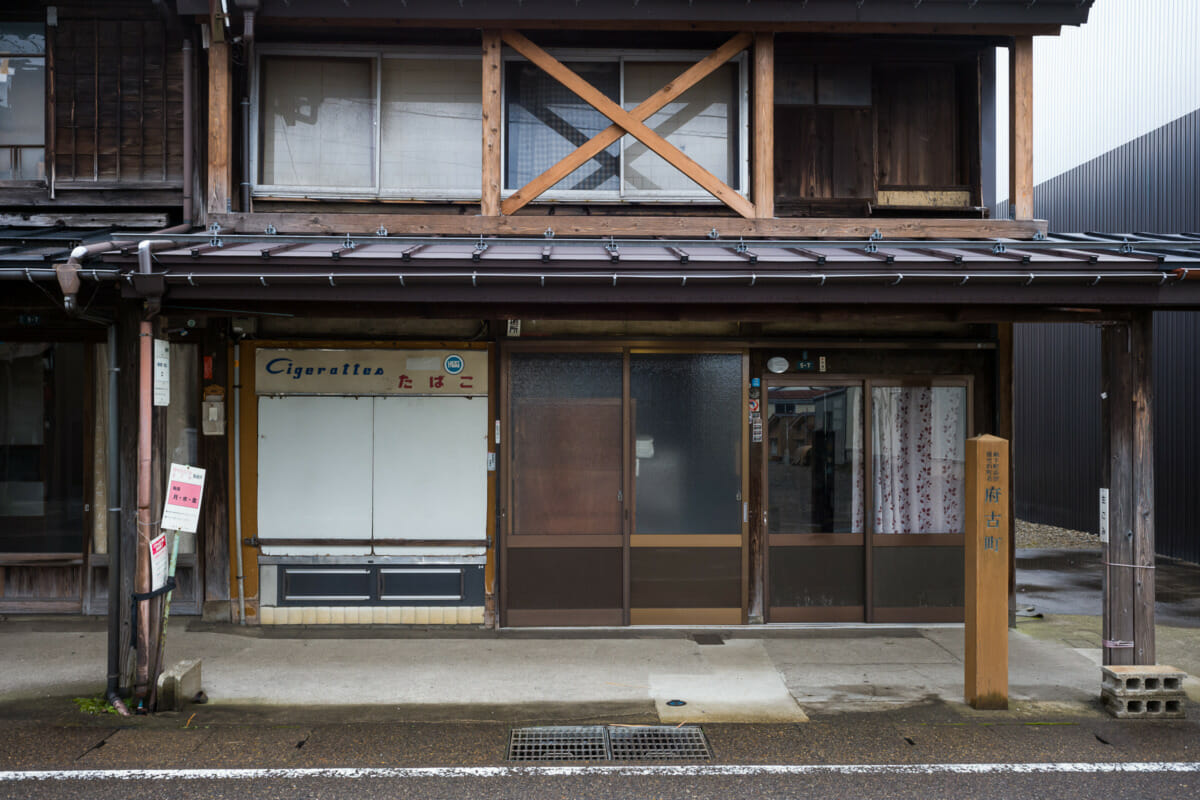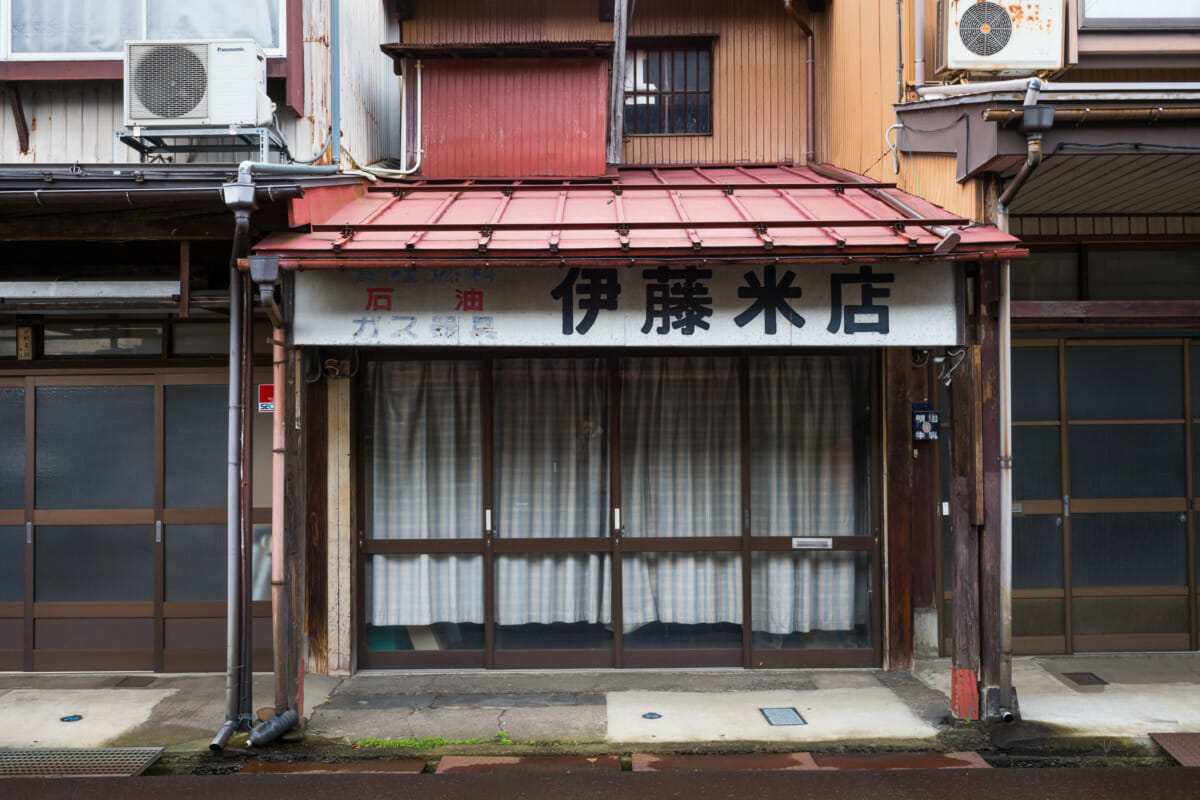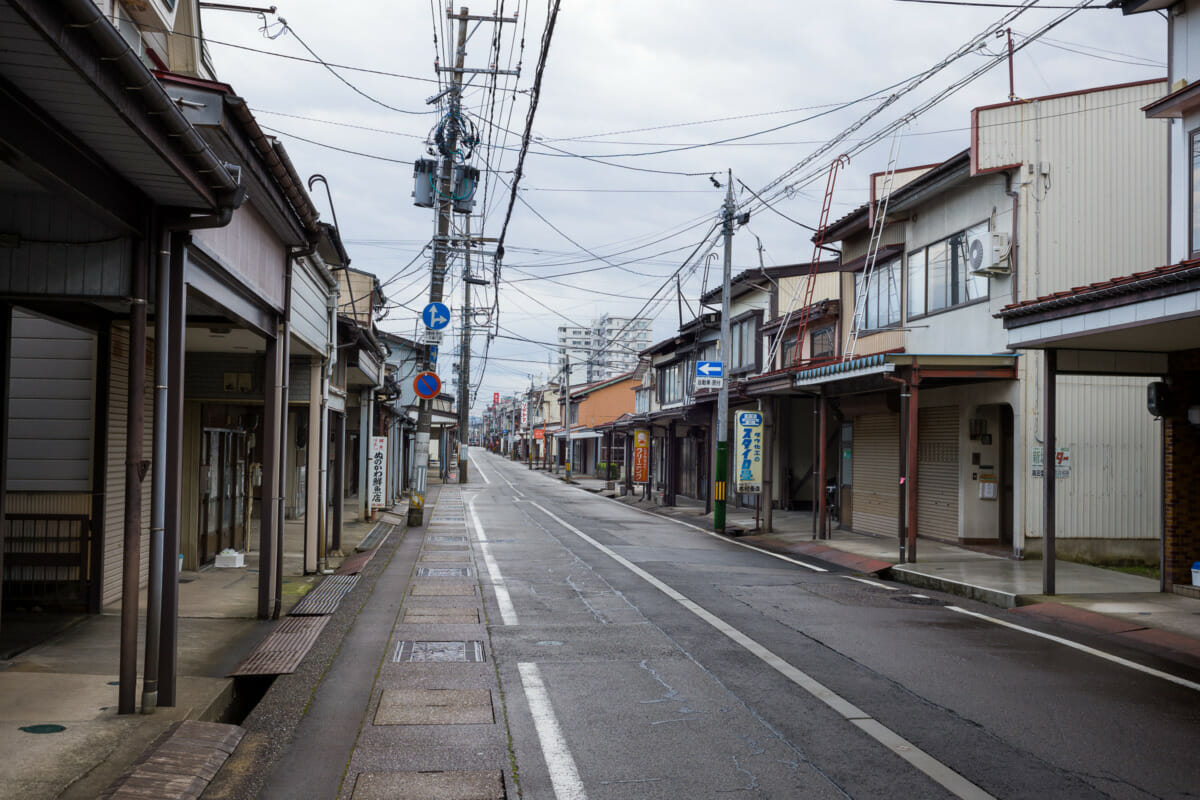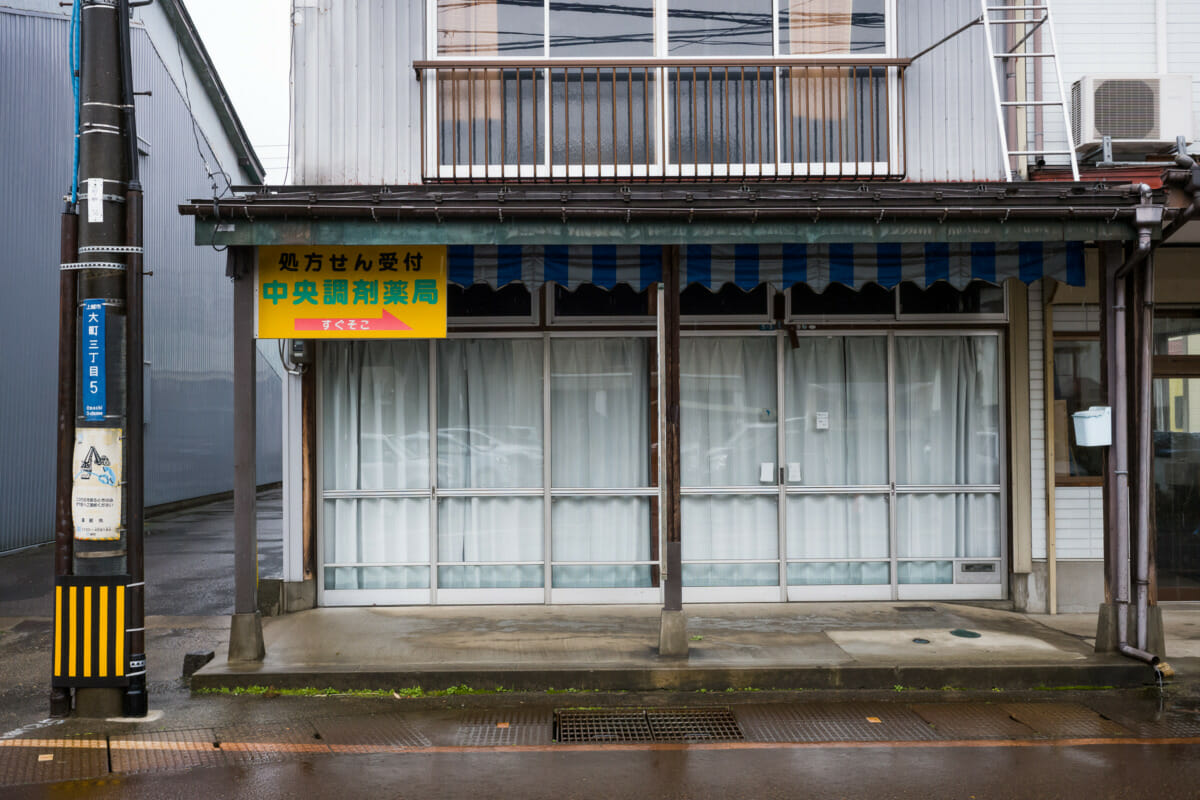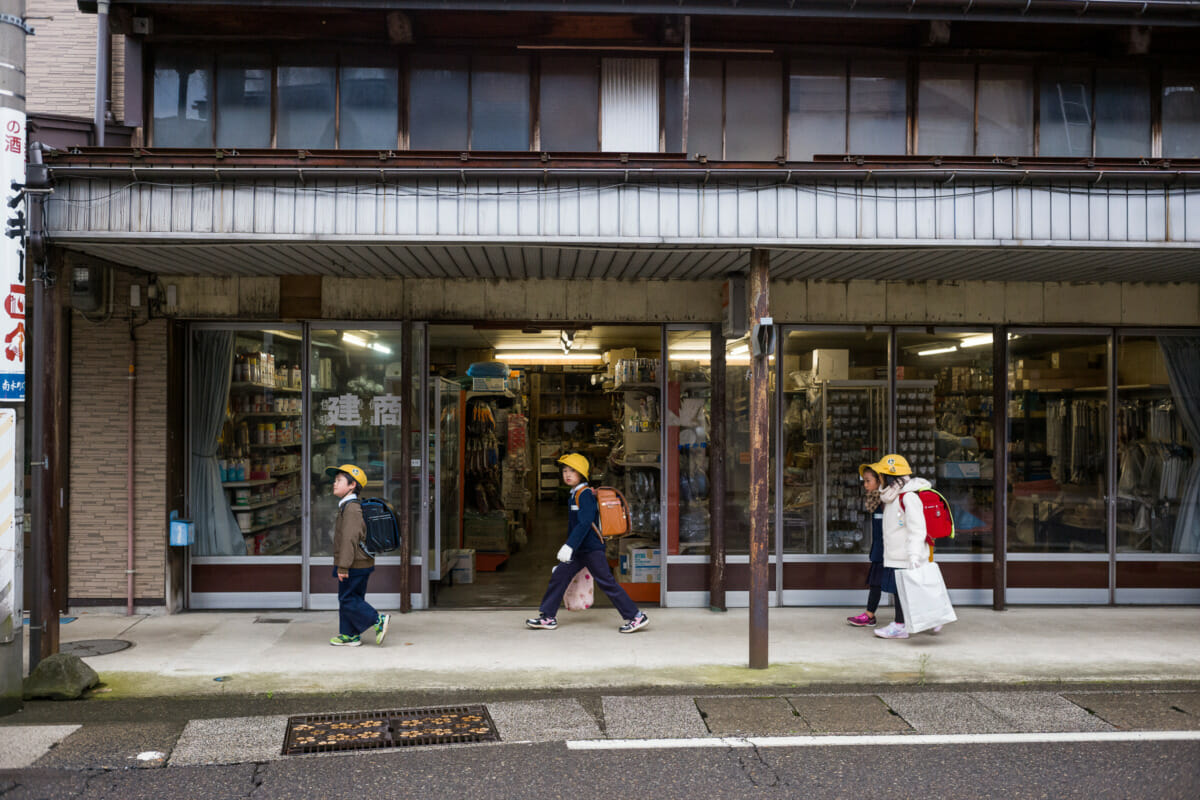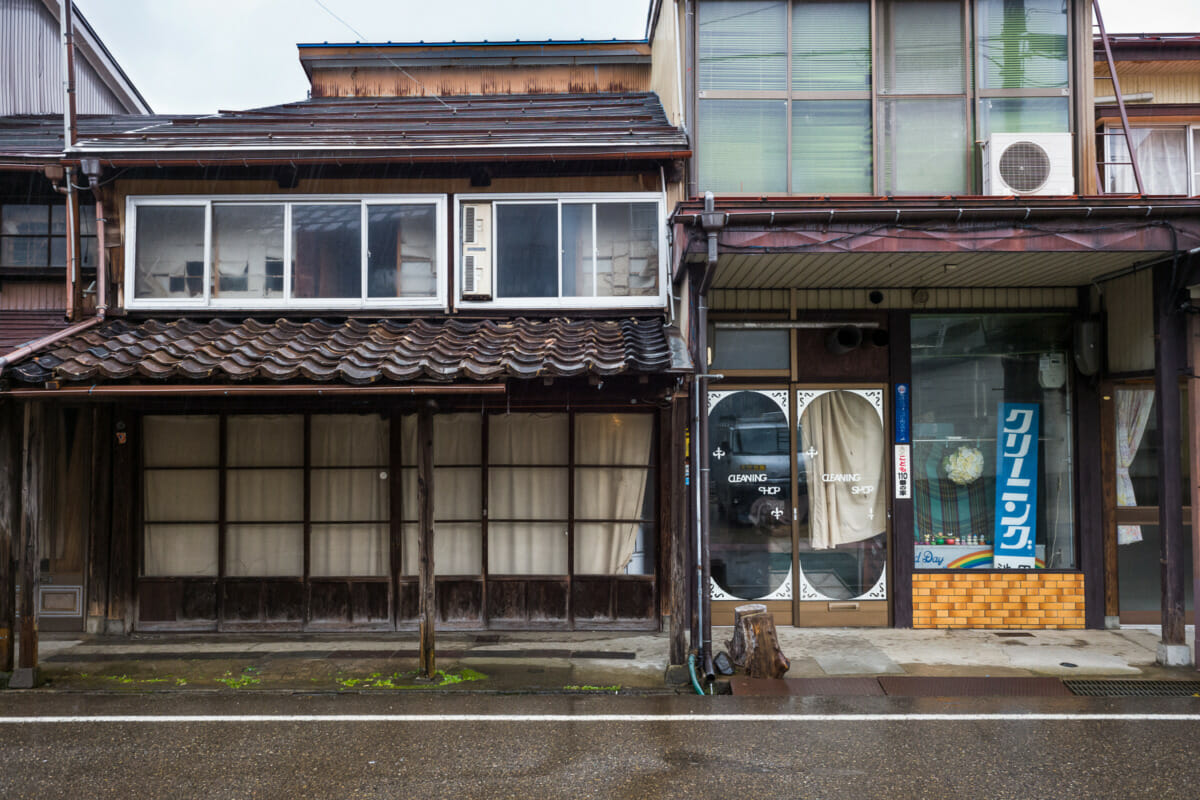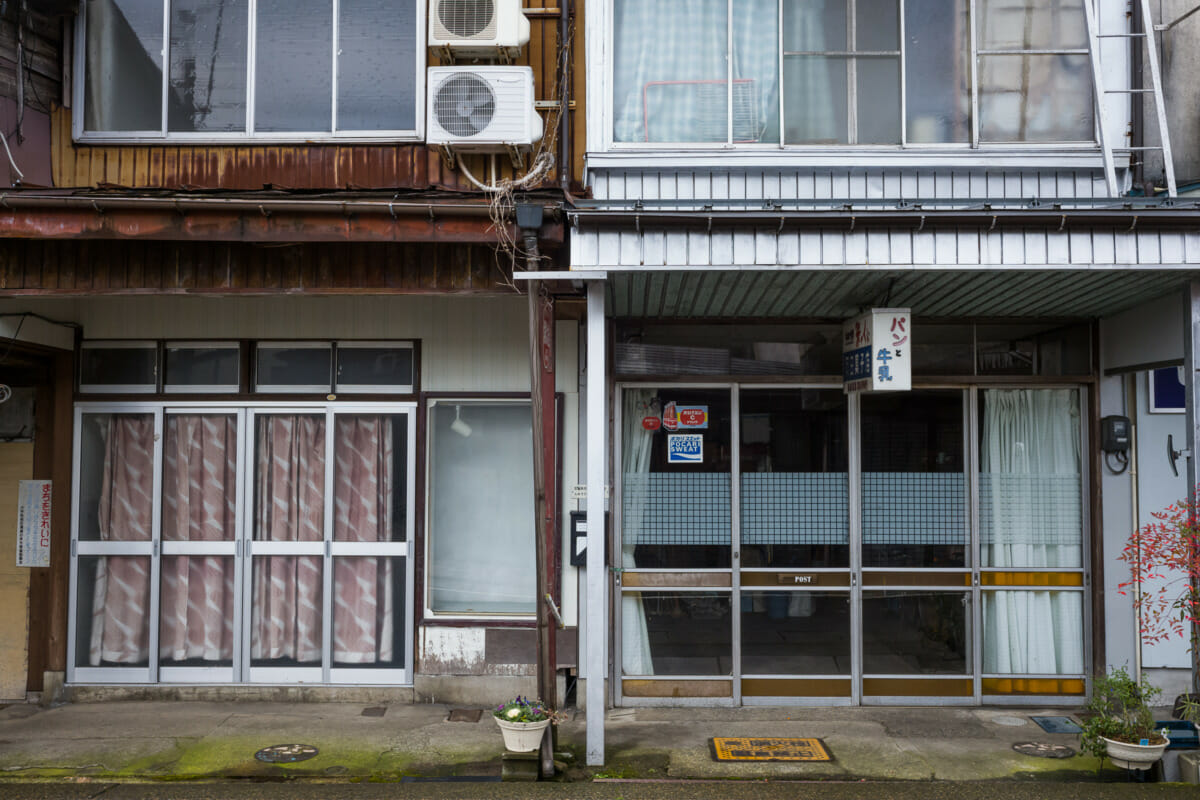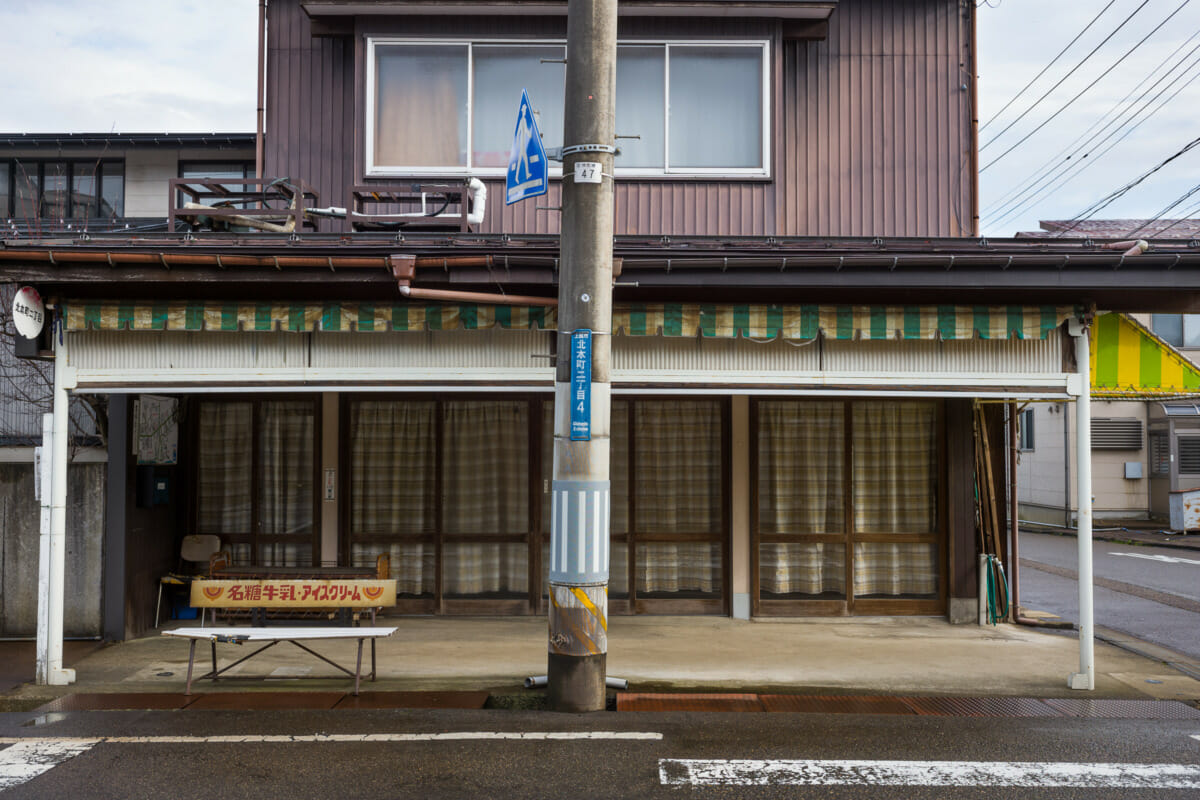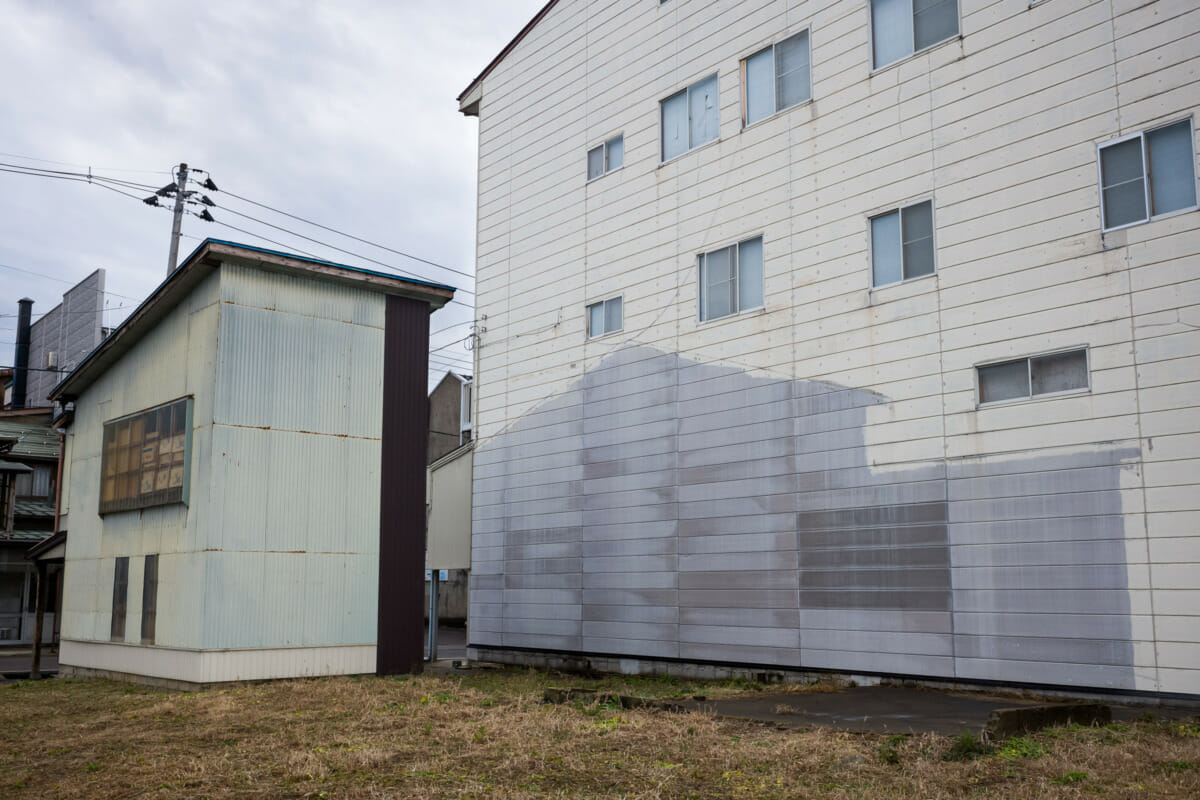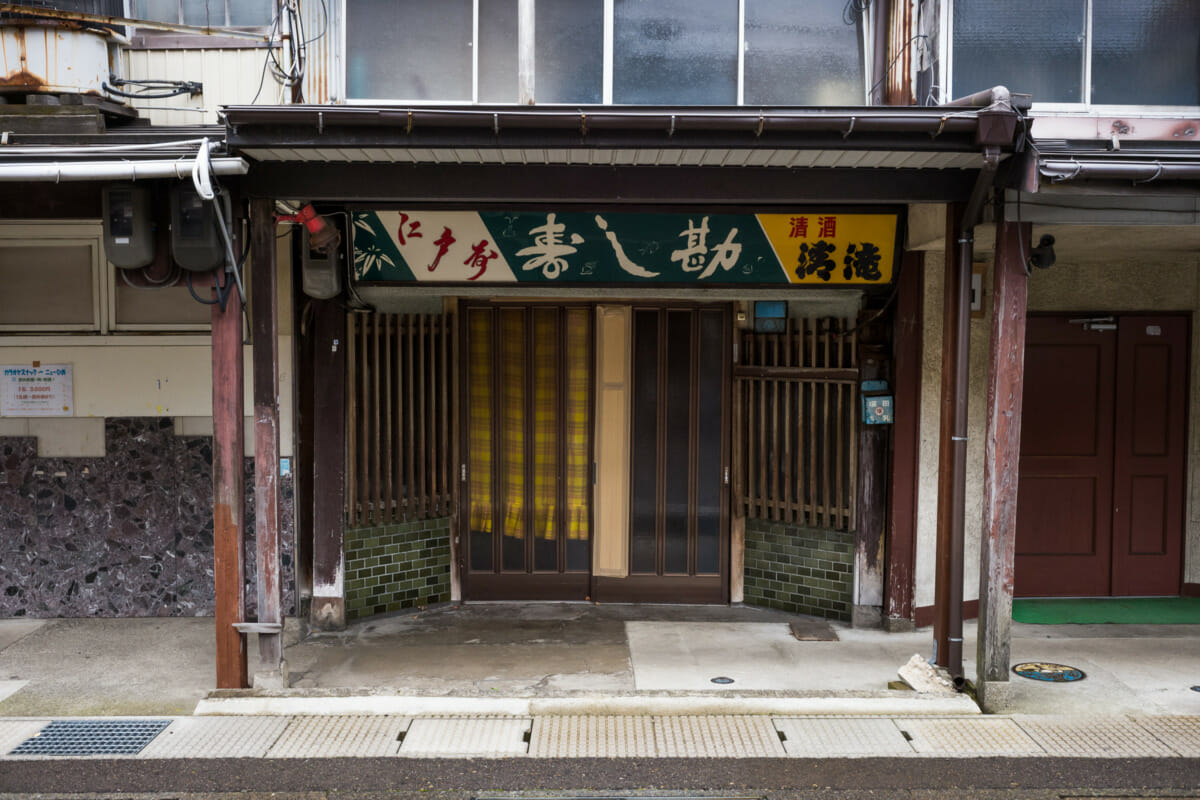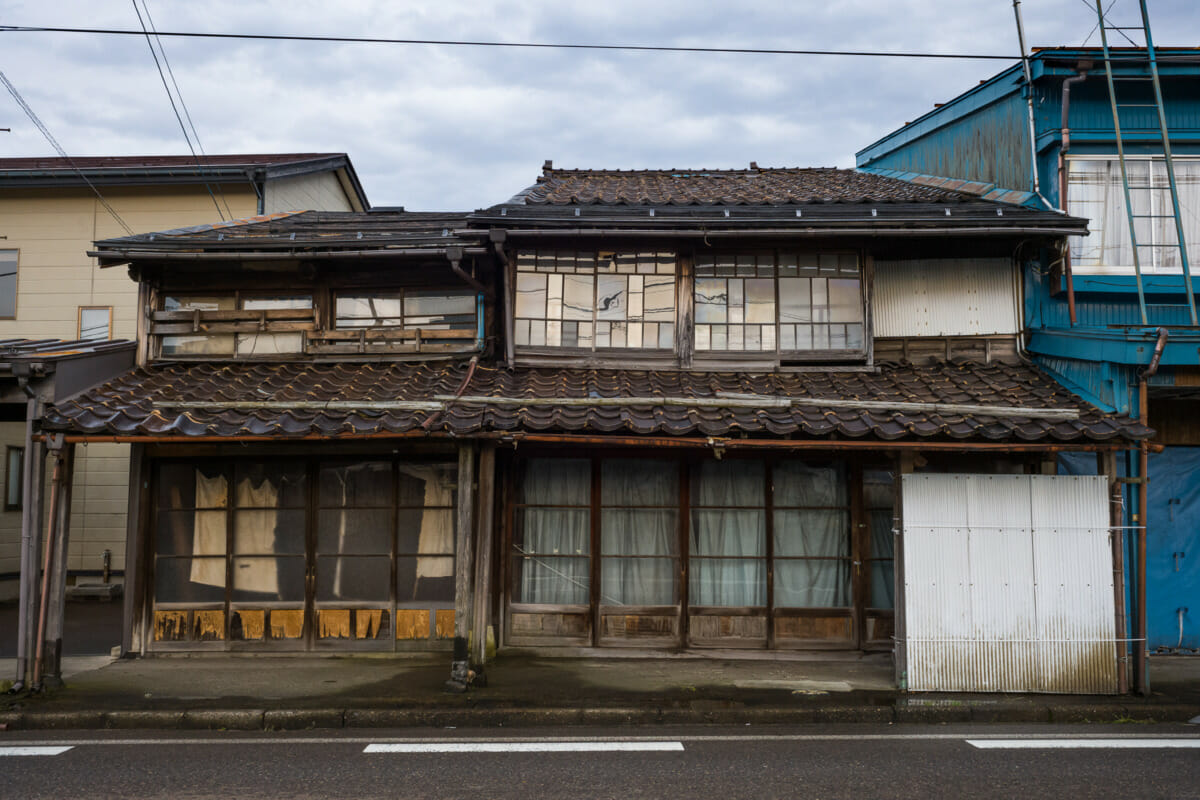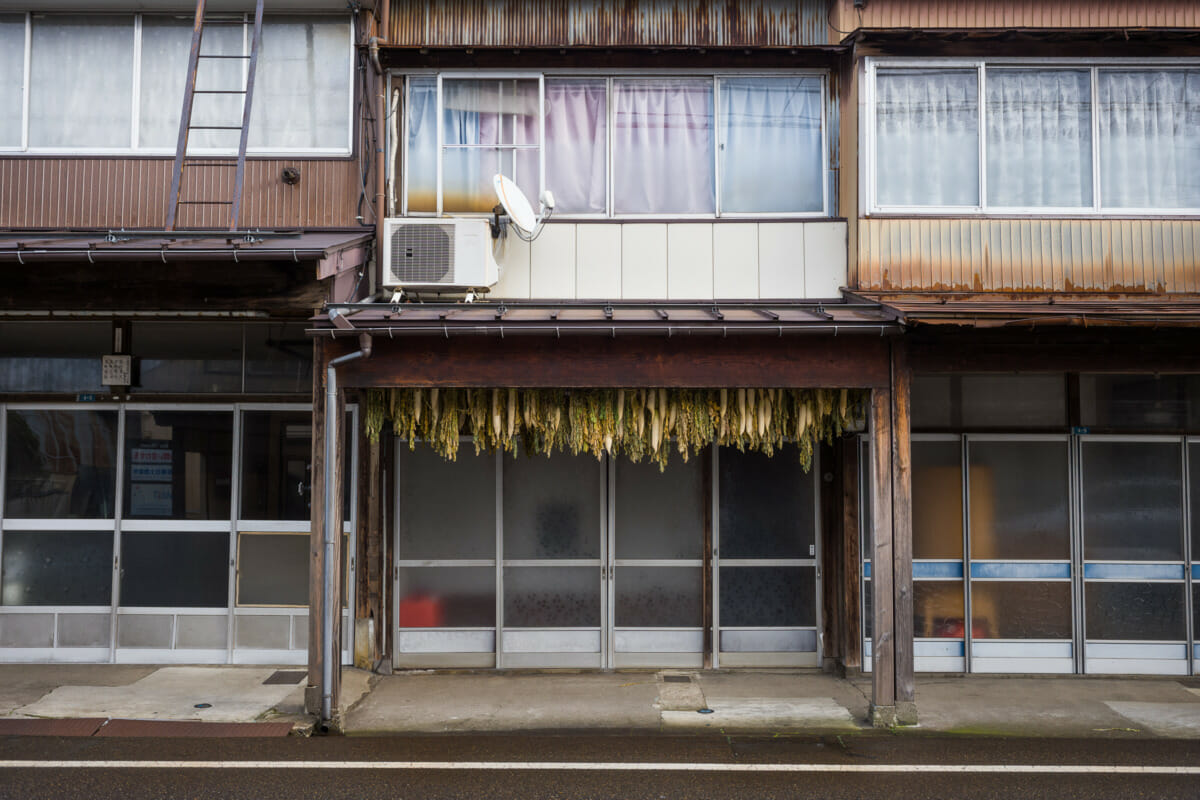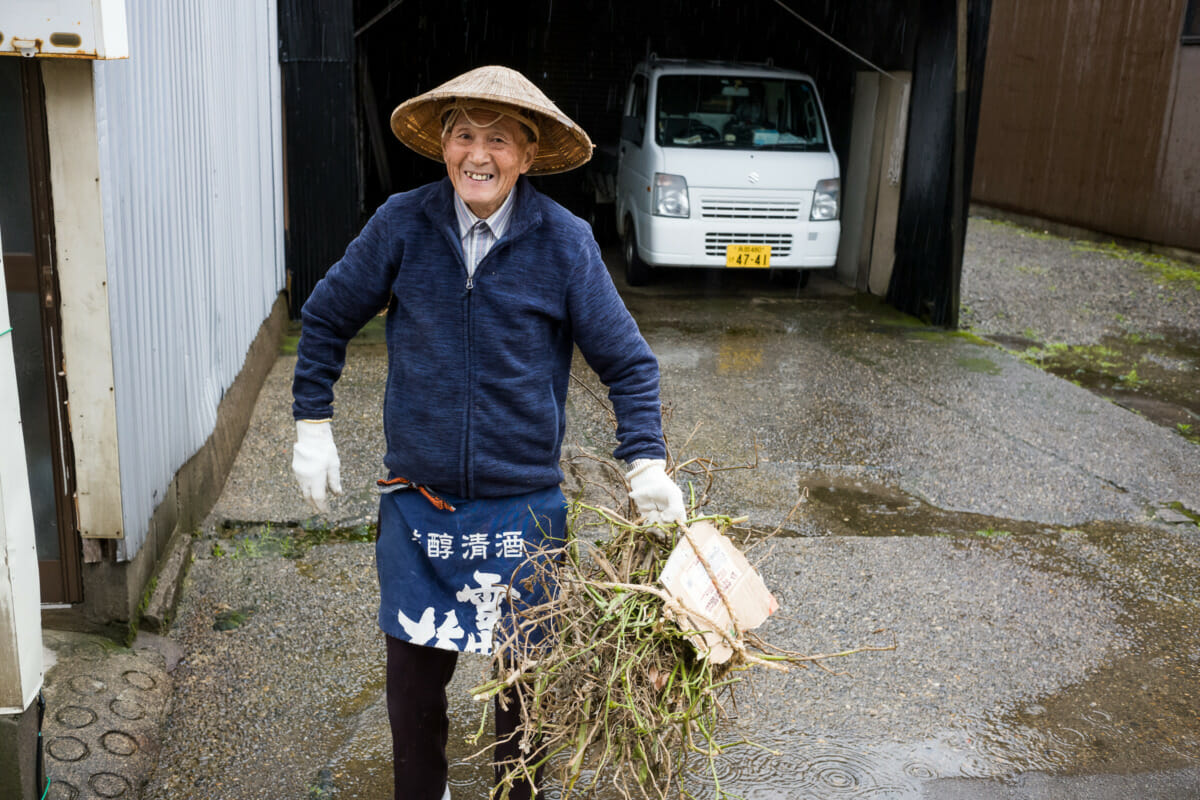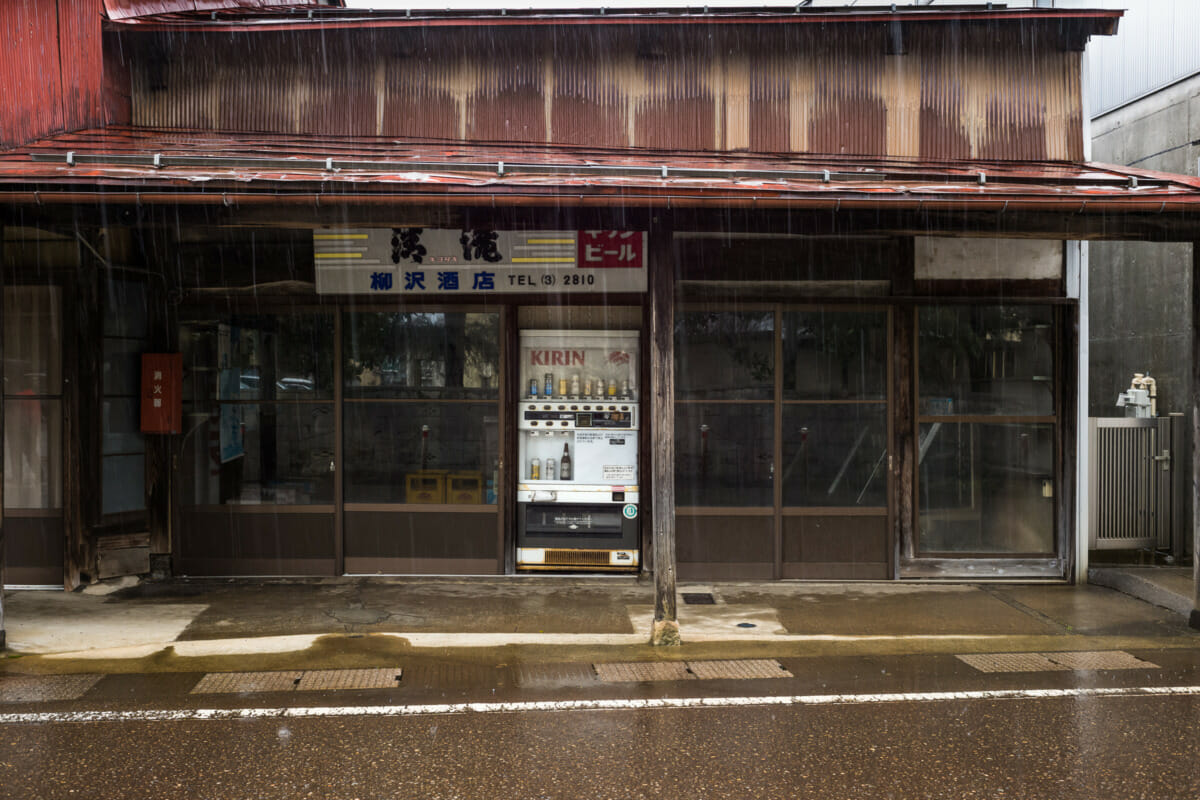Shinto shrines can be found everywhere in Japan. Some, of course, are large and grand like the famous Meiji Jingu in central Tokyo, but many more are small, simple structures — especially so outside the big cities. And yet while they are all unique, I’ve never seen one quite like this before, or at least not one with such incredibly striking torii gates.
A Japanese lakeside view with a difference
When photographing people, I generally feel reasonably confident I can reproduce what’s in front of me. Landscapes, on the other hand, are a completely different proposition. Without a person in the frame, I never really know what to focus on, and as such the results are almost always underwhelming.
Presented then with the atmospheric scene of clouds coming in over this lake, I stood there as usual, completely unsure of how to try and capture it. Wanting, more than anything, for somebody of interest to act as a focal point. And then, as if by magic, a man in an animal costume rather amazingly came running along the road.
All alone in a city of many millions
A fantastically old fashioned Tokyo fish shop
Recently on Tokyo Times, I’ve posted photos of character-filled old homes, bars and shops that have either been abandoned, or simply demolished. Such scenes are sad, and also sadly inevitable, especially when one considers the age of some of the owners.
That said, there are thankfully many that still survive, and the fishmongers below is happily one of them. First opening its doors for business way back in 1935, it looks absolutely fantastic, especially with the old water pump still in situ, and still in use. So when walking by last week, I couldn’t resist another shot of the owner working away. A photo that turned out to be remarkably similar to the one I took almost 2 1/2 years ago. And all being well, there’ll be a further shot in another few years.
On a similarly positive note, Tokyo Times has had some technical issues over the last few weeks with caching and commenting. I’m happy to say, however, that a server and setup change over the weekend has finally resolved them, and with the summer holiday slowdown also done and dusted, it’s full steam ahead once again.
The destruction of an old Tokyo karaoke bar
Several years ago, a friend and I spent an interesting few hours in the bar below.
To be honest, it wasn’t at all what we expected. The exterior suggested something more old school, and much more in the way of basic food and beers rather than belting out banging anthems. But a change is as good as a rest as they say, and good times, along with dubious tunes, were most definitely had.
The change in focus, it turned out, came about due to a change of owner, with the fella in the photo taking over from his father. That was a full ten years before we turned up — a career switch at the age sixty that saw him swap a life in a business suit for one behind a bar.
But only months after the photos were taken, the karaoke machine was fired up one last time before the lights were turned off for good. Then, for reasons unknown, the building, just like so many others, was unceremoniously demolished.
The faded traditional shop fronts of an old Japanese town
Away from the nation’s more populous cities, Japan can be a very different place indeed. Changing demographics and increasing urban migration mean that many smaller, and especially rural settlements, are now faded reminders of a far more optimistic past.
I’ve documented several such places before, but my favourites, at least in regards photographic results, are a meander along the length of a now disused train line, and this exploration of the abandoned buildings of a slowly dying resort town.
The (pre-pandemic) photos below, however, are somewhat different — mainly because the location itself, Takada, is quite different. Different in the sense that it has a colossal 16 kilometres of old style covered walkways. Sheltered paths that are still a fairly common sight in Japan’s snow country, but not at all common in regards such extraordinary distances.
Located in Niigata Prefecture, Takada gained modern town status way back in 1889, and then city designation a couple of decades later in 1911. But things have changed a lot since then, and in 1971, it combined with neighbouring Naoetsu to become simply a part of the newly created city of Joetsu.
Yet despite losing a distinct element of its identity, Takada is still truly distinct in appearance. Those many kilometres of covered walkways may well be better at sheltering pedestrians from snow rather than pouring rain, but they look absolutely wonderful, especially as most of the buildings have retained their traditional wooden frames and exteriors. Add to that the many years of decline, and it’s a truly fascinating area to explore. One that, like all such places, is forever tied to a more prosperous past. As such, a sadness of sorts pervades almost everything, and yet at the same time, life goes on as it always has — there’s just less of it to see that’s all.
